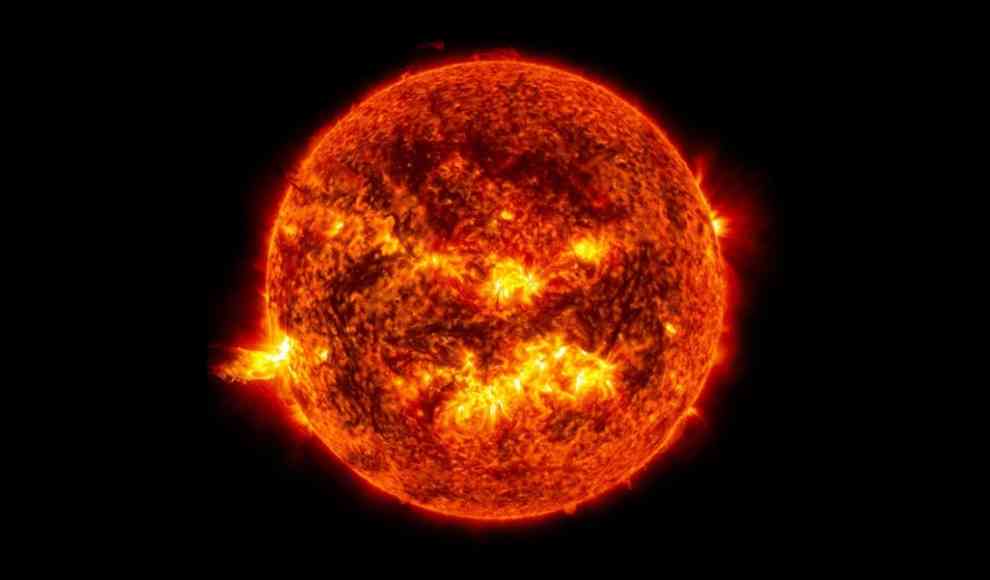In a groundbreaking discovery, the XENON1T dark matter detector may have provided the first experimental evidence of dark energy. Dark energy, which has only been described theoretically in physics, is believed to explain the large-scale behavior of the universe, including its expansion. However, it does not play a role in smaller areas, such as the local universe described in Albert Einstein’s theory of relativity, and is therefore referred to as “dark.” According to current theories, dark energy accounts for 70% of the universe, significantly more than matter (5%) and dark matter (25%), which have also only been described theoretically.
A team from the University of Cambridge has published a paper in the journal Physical Review D, suggesting that dark energy is created in the sun. This would also explain a surprising signal recorded by the XENON1T dark matter detector over a year ago. The team, led by Sunny Vagnozzi, analyzed the data and found that the initially favored explanation for the signal was not compatible with standard physics models. Instead, they proposed a physical model in which the unexpected signal could have been caused by interaction with dark energy.
Before the experimental evidence of dark energy can be considered conclusive, the original observation by the XENON1T instrument must be convincingly confirmed. If successful, the researchers believe that future, much stronger evidence of dark energy can be expected. Experiments like XENON1T would serve as evidence for the existence of dark energy. However, a definitive proof is only possible in the next decade, as the instrument’s technology is currently being updated.
In conclusion, the discovery of dark energy through the XENON1T dark matter detector is a significant breakthrough in the field of physics. If confirmed, it would provide experimental evidence for a theoretical concept that has long puzzled scientists. The potential implications of this discovery are vast, and it could lead to a better understanding of the universe’s behavior and evolution.







-400x400.jpg)


